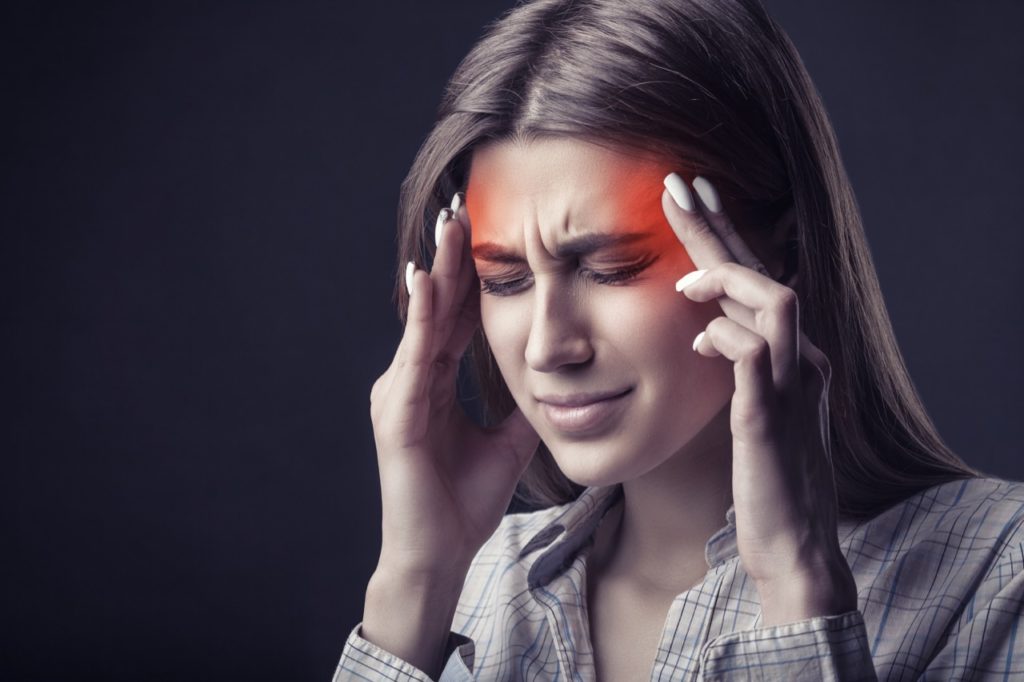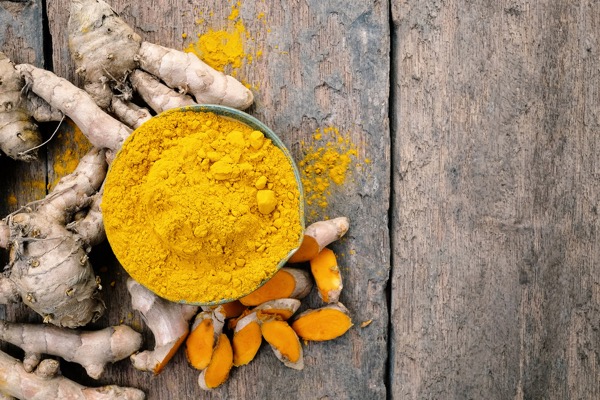Tackling Menstrual Migraines
If you have ever experienced a migraine you will know how debilitating it is. For many the throbbing head will also be associated with nausea, vomiting and visual disturbances such as flashing lights.
It is still debated whether migraines are primarily a vascular (blood vessels) or a neurological dysfunction (dysfunction of neurons), but it’s likely that both have a significant role to play. Whether vascular or neurological, the source is likely brought on by inflammation.

Migraines are much more common in women than men highlighting the role hormone fluctuations play. In addition migraines will often become more noticeable after the start of menstruation and severity is often linked to changes in levels of oestrogen and progesterone.
Primarily it appears that fluctuations in oestrogen is important. Perimenopause, a time when the levels of circulating sex hormones fluctuate irregularly, is often associated with worsening or a change in migraine patterns.
It is also thought that differences in why some women experience migraines more than others may be related to the ability to metabolize oestrogens or to polymorphism in genes encoding for sex hormones, their receptors, or metabolites of the hormonal pathways.
There are a number of reasons why hormones can trigger migraines. Oestrogens may interfere with cellular excitability or cerebral vessels. Oestrogen and progesterone can influence the pain-processing networks and the endothelium involved in the pathophysiology of migraine. There are also links between oestrogens and brain neurotransmitters including serotonin, norepinephrine, dopamine, and endorphins. In particular, oestrogen has potent effects on serotonin. Other mechanisms involve the GABA neurotransmitter – progesterone is important when it comes to levels of GABA so fluctuations or falling levels e.g around perimenopause may further explain why symptoms worsen around this time.
Inflammation directly affects the vascular system and can damage neurons while changes in hormones leads to changes in vasodilation and vasoconstriction. When hormonal signaling is out of whack and too little or too much of one or more hormones is excreted at the wrong time, you get excess vasodilation or vasoconstriction.
Oestrogens may also affect the vasculature through stimulation of nitric oxide (NO) release. Peak levels of oestrogen are also associated with lower levels of magnesium which may contribute to worsening symptoms. There appears to a role played by substance P and pain perception. Substance P is released along with glutamate, so if too much glutamate is released then there may be an increase in pain perception. Substance P also causes neurogenic inflammation. MSG or excess glutamine/glutamic acid consumption can worsen vasodilatory migraines because glutamate excess causes vasodilation.
Take Action
Blood Sugar Balance
As vasodilation and constriction play a role the first thing you want to do is avoid fluctuating blood sugar which aggravates the problem. This is not the time to skip meals especially in the luteal phase which is often when symptoms are worse. Keep to a regular eating pattern and focus on plenty of lean proteins at each meal with loads of vegetables and a little slow releasing carbohydrate. This is probably not the time to start fasting either.
Food Triggers
Check that your symptoms are not worsened by certain foods – whether allergies, food sensitivities or intolerances. For example some people notice that foods high in amines or MSG aggravate symptoms. Aged cheeses contain the amino acid, tyramine which can be a trigger for some. Other foods and drinks with amines are red wine, beer, fermented meats, sauerkraut, mushrooms, chocolate, miso, and soy sauce. Monosodium glutamate (MSG), generally an ingredient in soy sauce is another known trigger so you may want to watch the Chinese take away. Other common triggers include excess caffeine, citrus fruits and gluten.
Support Oestrogen Detoxification
Since one of the underlying triggers may be be linked to how we metabolise oestrogen it is important to support these detoxification pathways. This means gut health and liver detoxification. So ensure you open your bowels daily – aim to drink 2-3 litres of water daily, keep up daily exercise and if needed consider using magnesium and vitamin C to kick start bowel movements.
Eat more cruciferous vegetables – these contain compounds such as Diindolylmethane (DIM) which can support the healthy metabolism of oestrogen. Taking a supplement of DIM especially in the second half of your cycle can be beneficial.
If you suffer with bloating and IBS symptoms then it may be that you have gut dysbiosis. This can result in higher levels of the enzyme beta glucuronidase which can lead to a greater recirculation of oestrogen further aggravating symptoms. If this is the case the supplement calcium d glucarate can be beneficial.

Nutritional Support
Certain supplements such as Magnesium and B vitamins particularly B6 and riboflavin (B2) may be beneficial for reducing the severity of migraines. Stress can also play a role and if this is the case you may need to focus on stress reduction techniques. This will include ensuring sufficient quality sleep. Some people find that taking a glandular to support the hypothalamus / pituitary such a Cytozyme PT/HPT (Biotics research) can be helpful during the luteal phase.
Traditionally Feverfew and butterbur are two herbs that have been used for reducing severity of headaches and migraines and there is good clinical evidence of their benefits.
If you notice that your mood changes during your luteal phase as well you may want to look at supporting serotonin levels. For some a supplement of 5HTP can be helpful. This is a precursor of Tryptophan which in turn can assist in the production of serotonin. Since serotonin levels are affected by oestrogen you may find that supporting levels of serotonin help both mood and migraines (Please note that 5HTP is not suitable if you are taking SSRIs)
While inflammation is a natural and healthy response to injury, chronically high levels are problematic and a known contributing factor when it comes to migraines. Therefore focus on following an anti-inflammatory, Mediterranean style of eating. This should include plenty of antioxidant rich colourful vegetables and fruits, healthy fats from foods such as olives, avocado, fish, nuts and seeds as well as sufficient lean protein and complex carbohydrates (beans, pulses, oats, wholegrain rice etc). Add in anti-inflammatory spices like turmeric, garlic, ginger, herbs and green tea regularly too.


